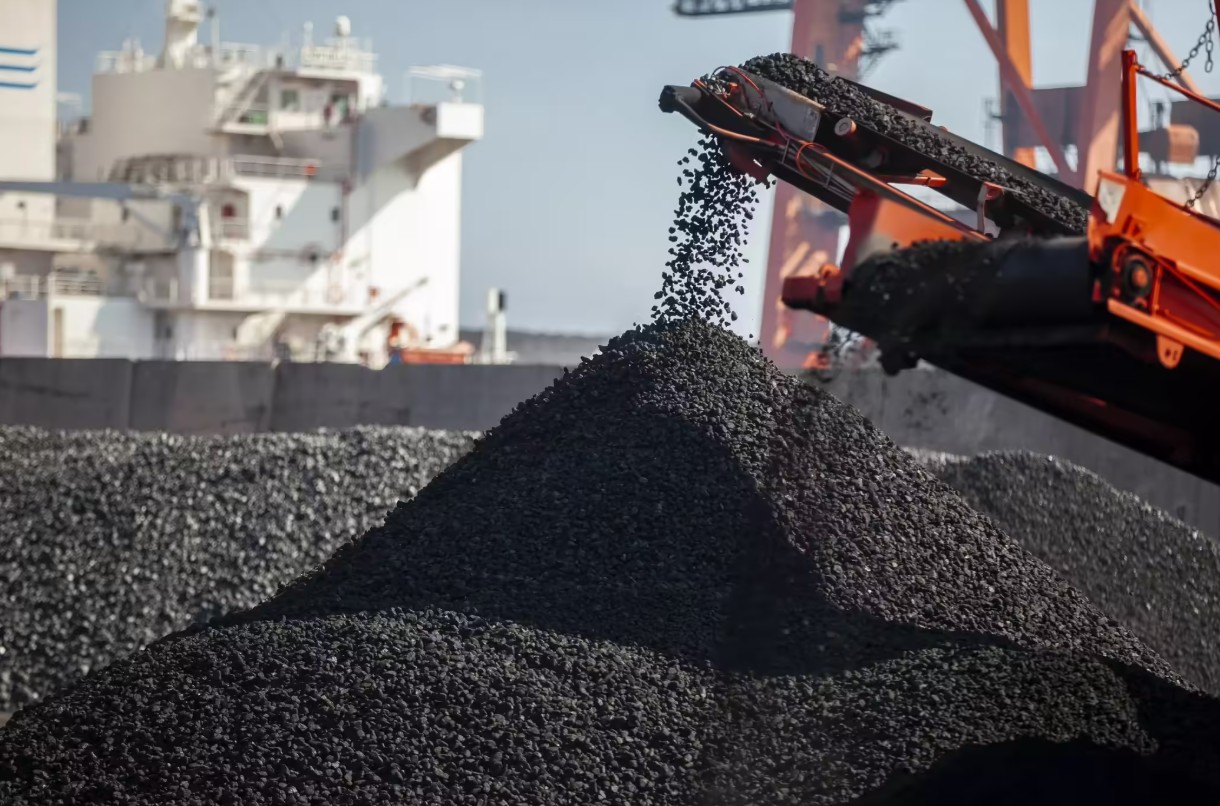
Researchers in Germany are exploring new ways to improve 3D printing. They found that coating metal powders with tiny nanoparticles can make the process better. This could lead to stronger and more efficient 3D-printed parts.
Improving Powder Flow and Laser Absorption
The study focused on stainless steel powder coated with silicon, silicon carbide, and silicon nitride nanoparticles. These coatings improved the flowability of the powder. This is important for how well the powder works in the 3D printing process.
The coatings also changed how the powder absorbs the laser. This can make the printing process more efficient and lead to better quality parts.
Potential for Commercial Use
These findings could have a big impact on how things are made with 3D printing. The improved powders could reduce waste and make stronger parts. This could change how metal components are produced. SuperMetalPrice notes that this advancement could lead to more efficient and cost-effective 3D printing in various industries.











Leave a Reply
You must be logged in to post a comment.